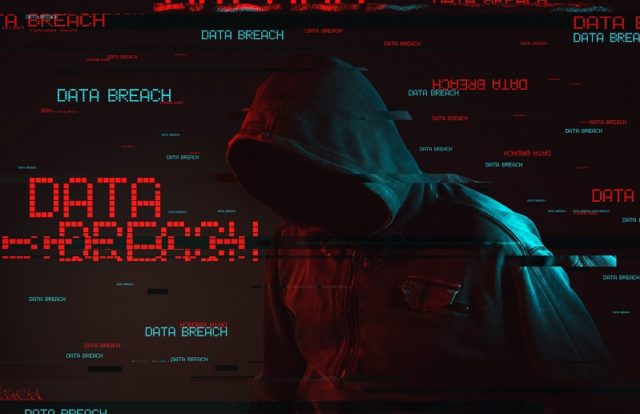
Sensitive information is like money to cybercriminals. Attackers leverage personally identifiable information (PII) exposed in data breaches to launch various cyberattacks or trade it on darknet forums, affecting organizations and users in multiple ways. Organizations must boost their data security to avoid severe repercussions from data breaches.
By Rudra Srinivas, Senior Feature Writer, CISO MAG
Cost of a Data Breach
Hacker intrusions, insider threats, and accidental data leaks affect organizations in multiple ways. From identity thefts to brand damage, the impacts of data breaches are severe. According to a survey from IBM, data breaches cost businesses over $4.24 million per incident. The survey also observed that security breaches became more prevalent and difficult to thwart during the pandemic. The sudden shift to the distributed work environment and the majority of the organizations moving to cloud operations led to more expensive data breaches.
How can we prevent data breaches?
1. Monitor Digital Infrastructure
Cloud environments have seen a surge in recent times as most organizations are moving to cloud computing. Since these virtual servers carry large amounts of corporate data, continuous security monitoring is necessary to find if the servers have any vulnerabilities, misconfigurations, or other security issues. Besides the cloud environment, organizations need to ensure all the devices and the network systems associated with the corporate network are secure and able to defend against any authorized intrusion.
2. Perimeter Defense
Employ penetration testers to determine the strength of your internal network defenses. Performing regular security audits to find gaps in the organization’s networks and mitigating them will eventually boost the overall security posture.
3. Educate Your Staff
We can’t ignore employees while talking about the organization’s security. In addition to cloud misconfigurations, multiple data leaks have been reported due to employees’ inadvertent actions or errors. Training the workforce on what to and what not to click/download; identifying phishing emails and messages; spotting suspicious activity in the system will help prevent authorized intrusions.
What should a company do after a data breach?
1. Notify
Notify your clients, customers, and the data privacy authorities after sustaining a breach. Rather than covering up or delaying, reporting a security incident immediately after it happens helps organizations in damage control and regaining customers’ trust.
2. Investigate
Having a disaster recovery plan would help organizations restore the affected operations during these situations. Engage cybersecurity experts or a digital forensic team to investigate what data has been breached and how many are affected. Inspect the data leak to identify the root cause and the perpetrators responsible for it.
3. Damage Control
Isolate the critical systems and suspend all the operations temporarily after discovering the breach to limit hackers’ access to the corporate data. Access to the leaked data could lead to phishing and ransomware attacks. Ensure your employees and customers know the effects of a data breach and ask them to be vigilant while responding to unknown emails, messages, and calls.
Conclusion
From exploiting vulnerabilities to launching phishing and social engineering attacks, threat actors leverage various attack vectors to obtain sensitive information. It is high time organizations strengthen their security capabilities to defend against evolving threats, as no one is immune to security incidents.
About the Author:
Rudra Srinivas is a Senior Feature Writer and part of the editorial team at CISO MAG. He writes news and feature stories on cybersecurity trends.
Read More from the author.











